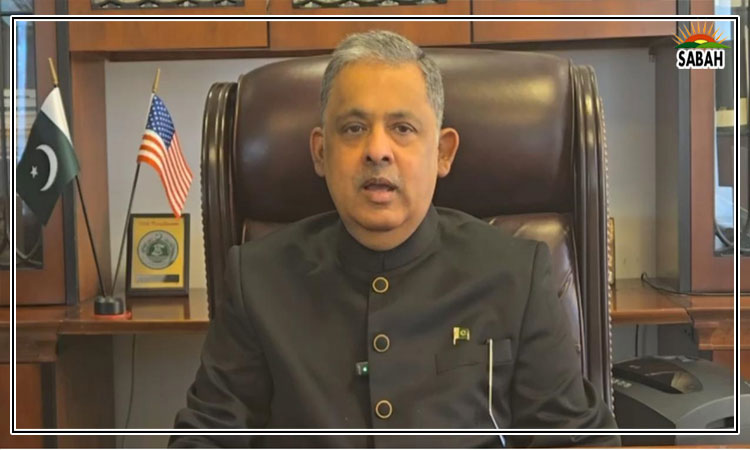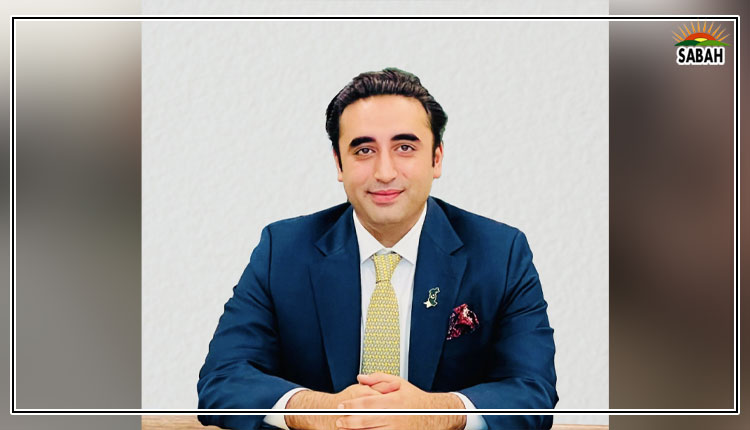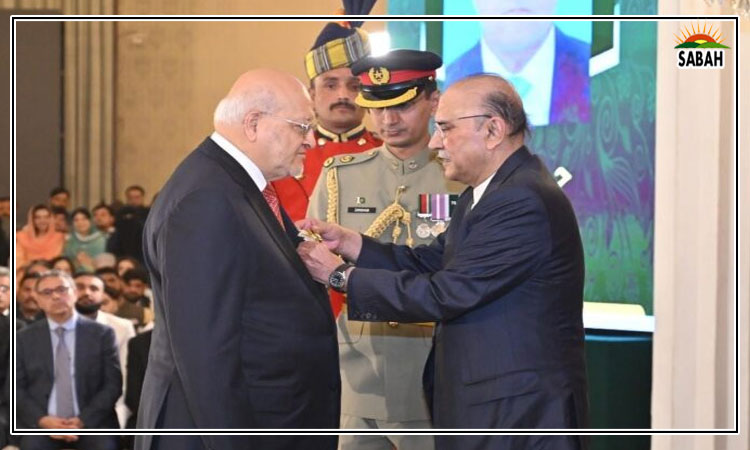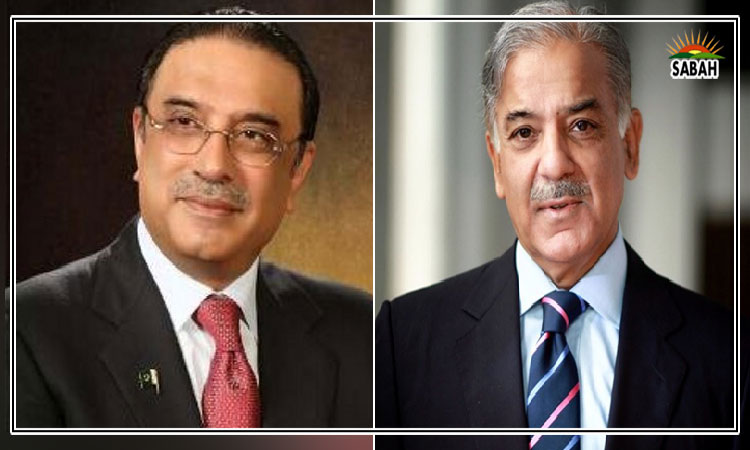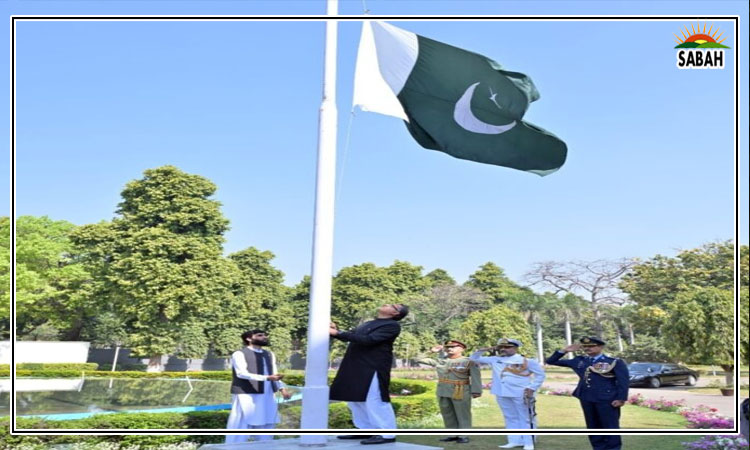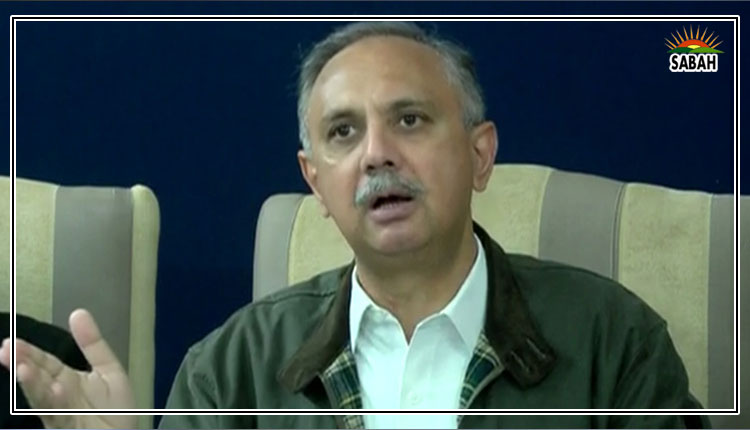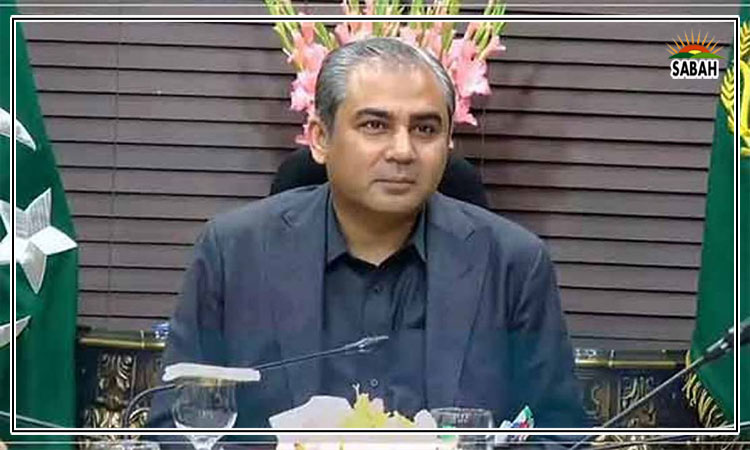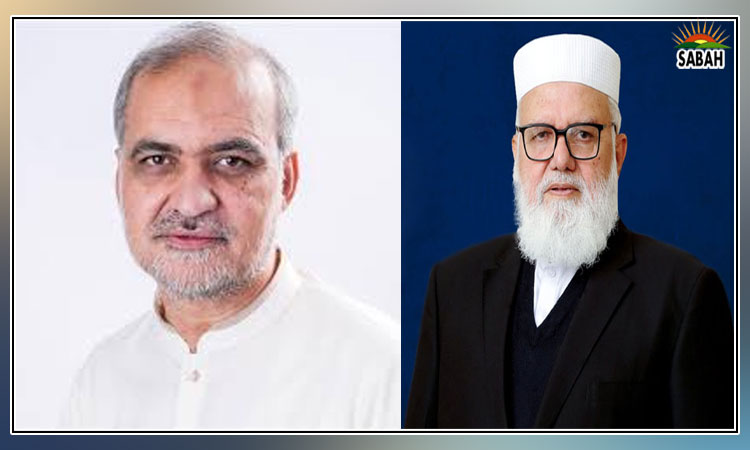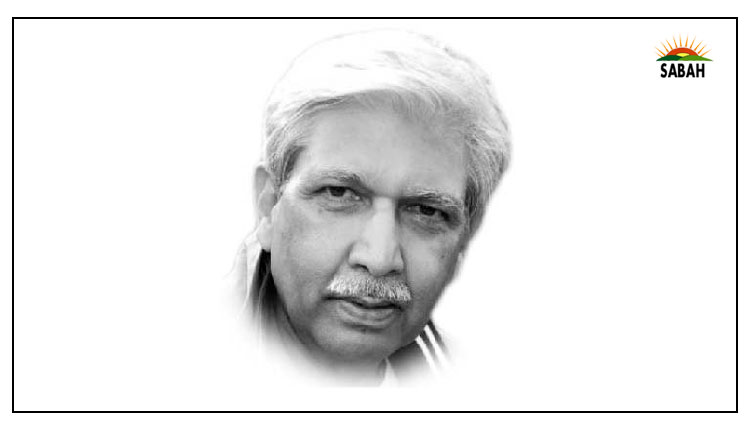What is wrong with Pakistan cricket? …. Shahzad Chaudhry
Am I even qualified to comment? Many who have known me long enough may agree. Cricket has become a part of the nation’s DNA in the last three to four decades. Before then it was a popular sport introduced by the British giving it permanence in the sociocultural landscape over time. Cricket became a tradition in which Indian elites indulged along with their English patrons on holidays and in leisure. Soon clubs emerged to form teams which indulged competitively but were populated by the who’s who of the society. The natives were kept at a distance not considered refined enough to be a part.
At independence and a little after colleges and universities had their teams from which emerged players who rose to the national level. Soon most cities had cricket clubs. This eco system continued to provide the bulk of the national team which hadn’t yet turned professional. Involvement with the sport began rather early at school. Books and coaches explained and taught cricket. Inter-school matches laid the foundation of a life-long engagement and passion.
My journey through a Boarding School in Sargodha and subsequently in the Air Force meant that my cricket was restricted to sporting engagements of these institutions. Yet we had the chance to play with and against some great club players who subsequently made the national team or were recognised for their potential to rise to that level. Wasim Raja was known through his dad who was an accomplished player. Arshad Parvez, called Bata for some reason, was a swashbuckling batsman who subsequently opened for Pakistan briefly. His companion, Zahid Rafi aka Pota, was an outstanding batsman in his own right recognised by none other than Colin Cowdrey, the England Captain, when he led a Commonwealth team in an international match at Sargodha. My alma-mater, Sargodha Public School, boasted of the most picturesque Oval in the entire region and was a romance which has lived to this date with me. And yes, we played at matting wickets and then turf too but the pleasure of the whites on expansive greens kindled a love affair that has lasted long.
Cricket became an ordinary man’s game at a certain time when it began to be played in the lanes and streets of Karachi and Lahore. Clubs and academies mushroomed, and former players began nurseries for those who could pay to play their wards. By the 80s the game was owned by the nation at large. The 1992 World Cup turned it into a game of choice for all. The PCB, earlier the BCCP, hired players and coaches and joined the race to earn money. Along with soccer, cricket too became an international money spinner. This gave rice to accompanying vices. While cricket grew exponentially and became secularised and democratised, influence, tribalism, nepotism, cronyism and match-fixing entered its taxonomy.
Betting on sports was already big. Cricket too became a victim when it turned global. Pakistan was netted in by fixers when our players fell for the lure of money at the expense of national honour exposing a debased personal character while sullying national image. Laws introduced to deter misdemeanour in sport could hardly ever fully plug the menace. Money is now the biggest driver of all in nations such as Pakistan where influence trumps merit, selection for the national team is highly patronised, and there is little check on how players conduct themselves on tour. Instant wealth and fame combined to trigger acts which became a source of infamy and resulted in national shame. Unfortunately, the trend is now entrenched. To lead this financial enterprise is a choice placement. Hence the fight to lead the team or the Cricket Board.
Pakistan became a laughingstock when it was trumped by lesser known and amateur nations in the most recent edition of the World Cup. Pakistan, a previous winner of the Cup, lost to minnows in the opening round and failed to qualify for the next round. The match with India was almost won and then lost inexplicably handing it out on a platter to an arch-rival. Both losses were difficult to digest by a frenzied, cricket-crazy nation. Reports of rivalry within the team have since emerged. This was perceptible and evident in how the team failed at its task during the championship, nonchalantly squandering the chances enabled by its inherent skills. Disunity, lack of shared objective and non-professional conduct were obvious to any observer.
Skill sets are not comprehensively honed — instead basic instinct and talent are relied on without ever getting professionally nurtured. It thus remains truly a game of chance only. Purpose and plan are callously dismissed. Thinking on one’s feet is rare in leadership especially when chips are down and the going gets tough. In a fast-paced game decision-making terribly lags the pace of play and variations are never addressed with instant decision-making. The players mostly are uncouth and hardly refined in their interpersonal skills and betray the lack of formal education or equanimous, well balanced and informed minds. Speaking to the Press remains a challenge and probably weighs heavy on the mind of those who are assigned the duty.
The game has turned highly professional, and players and the coaches are handsomely paid, yet the Board which controls the game, and its development, is hardly so. It remains in the hands of political appointees and cronies who only facilitate their own gains and privileges and perks than plan long term in the interest of national cricket and its development. The sport is looked at as a money earner to skim from. Hence nepotism and favouritism blight the national sport. The culture of administration and governance which defines the national political landscape is merely mimicked in cricket to the tee.
Afghanistan is a cornered nation unfortunately stigmatised for its travails; its team is however on a mission to disprove such assessment and possessed to prove otherwise. This gives them a common objective and the spirit to fight. India has evolved into a professional and institutional cricketing infrastructure and management. It also has the most money among all cricketing nations and pays its cricketers handsomely above any financial inducement which can compromise the integrity of its players. She has learnt from Australia and England structuring their set-ups on professional lines and run their cricket as a national institution. South Africa is only halfway on that road in testimony to their fragmented national make-up.
One, Saurabh Netravalkar, an Indian American and an Oracle Engineer, exhibits best the making of a top athlete: when taught highly mental strength is greatly manifest in how skills get demonstrated with assurance and confidence. He had cricket’s top players fall to his overall brilliance playing against them as a part-time US fast bowler. Mental strength and confidence need strong mental underpinning. That is where the game of cricket in most developing societies like Pakistan may have lost the most.
Courtesy Express Tribune


